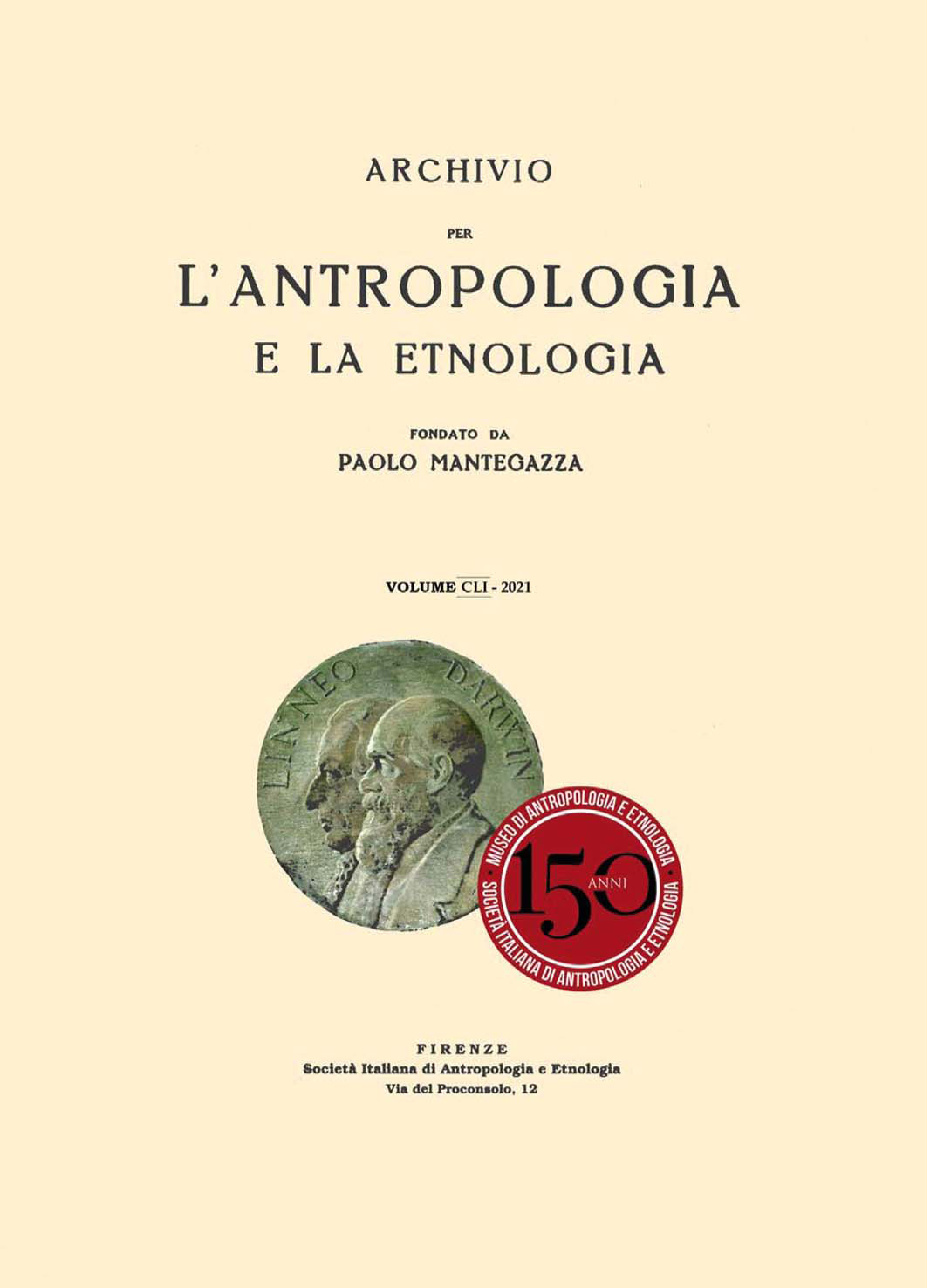Il centro storico di Palermo. Modi di vivere lo spazio pubblico tra resistenza e precarizzazione

Published 2021-12-01
Keywords
- Palermo,
- historic centre,
- public space,
- right to the city
How to Cite
Copyright (c) 2021 Gloria Calderone

This work is licensed under a Creative Commons Attribution 4.0 International License.
Abstract
Starting from the second half of the nineteenth century, the historic centre of Palermo experienced a progressive abandonment that has relegated it to a peripheral position, downgraded compared to the rest of the city. This process determined the area’s popular social identity: residents who have lived there for generations belong to the underemployed and poorly educated urban proletariat and underclass. Prolonged isolation of the context allowed those who lived there to establish anti-urban habits and particular ways of staying and using public space. The recovery of the historic centre activated by municipal policies starting from the Nineties after decades of marginalization and obsolescence has triggered deep changes in the urban and social fabric. This contribution aims to examine the consequences that this redevelopment process has had on the ways of inhabiting public space by the historical community. The hypothesis is that ongoing changes lead to their gradual weakening.
